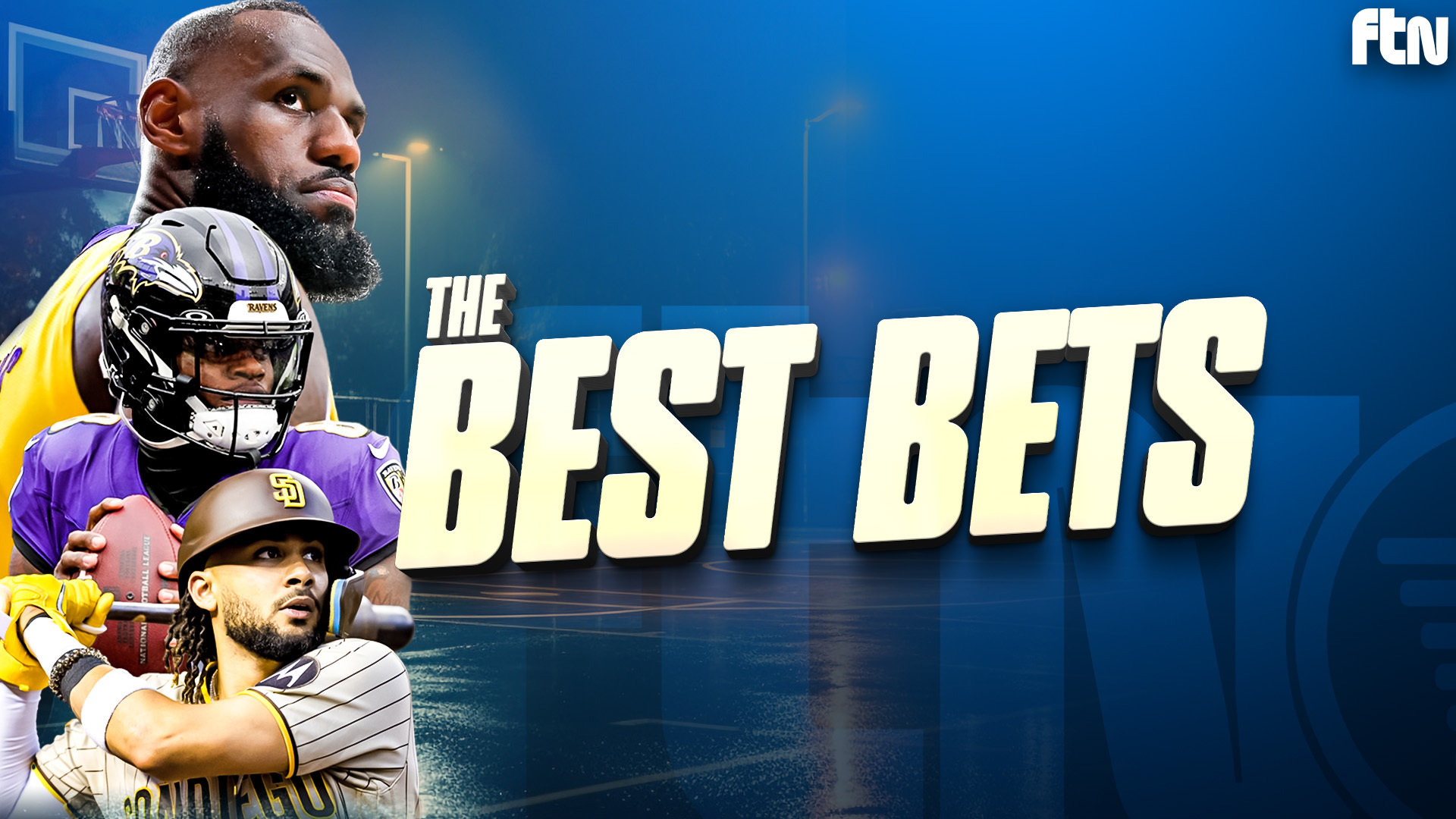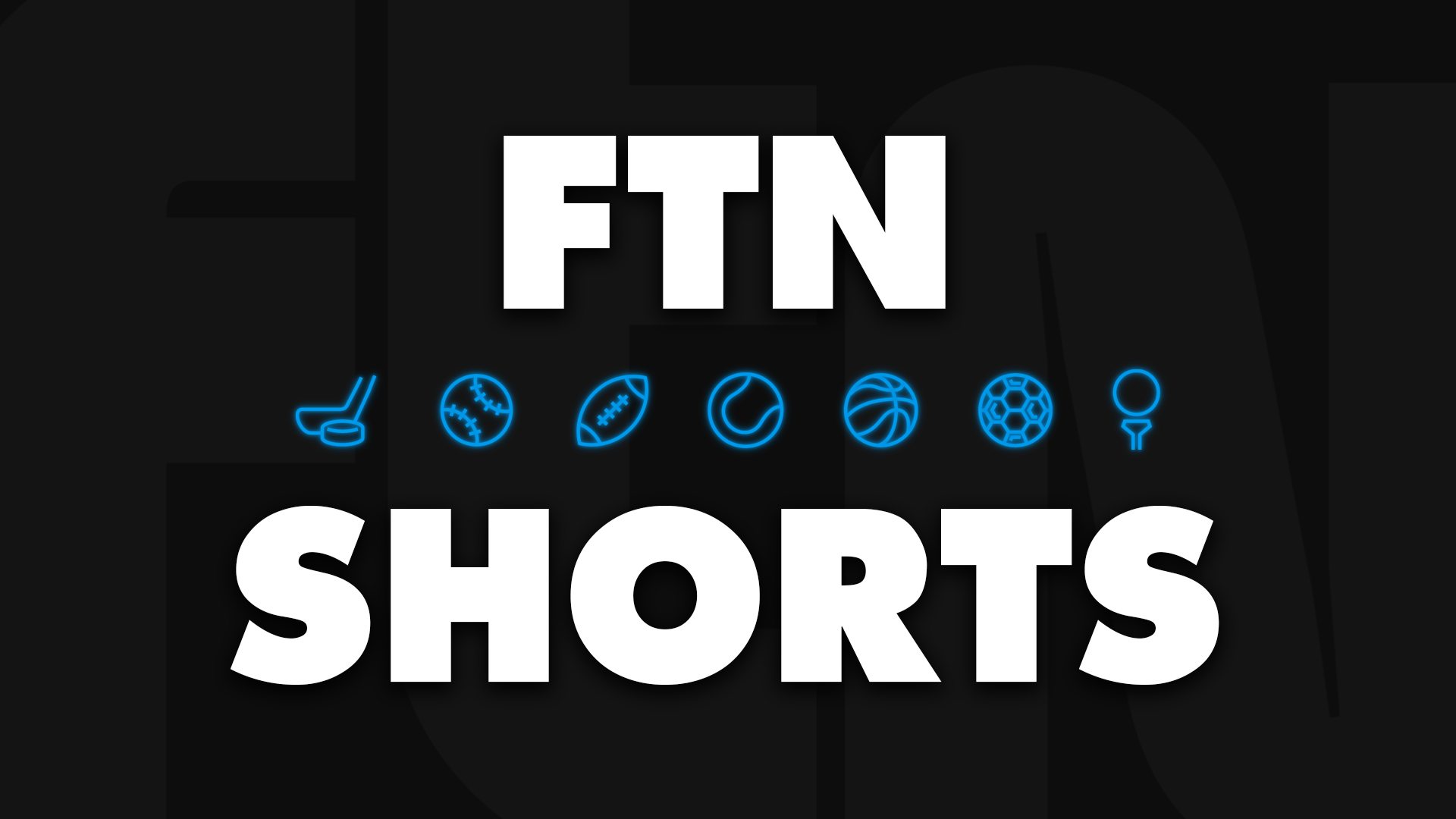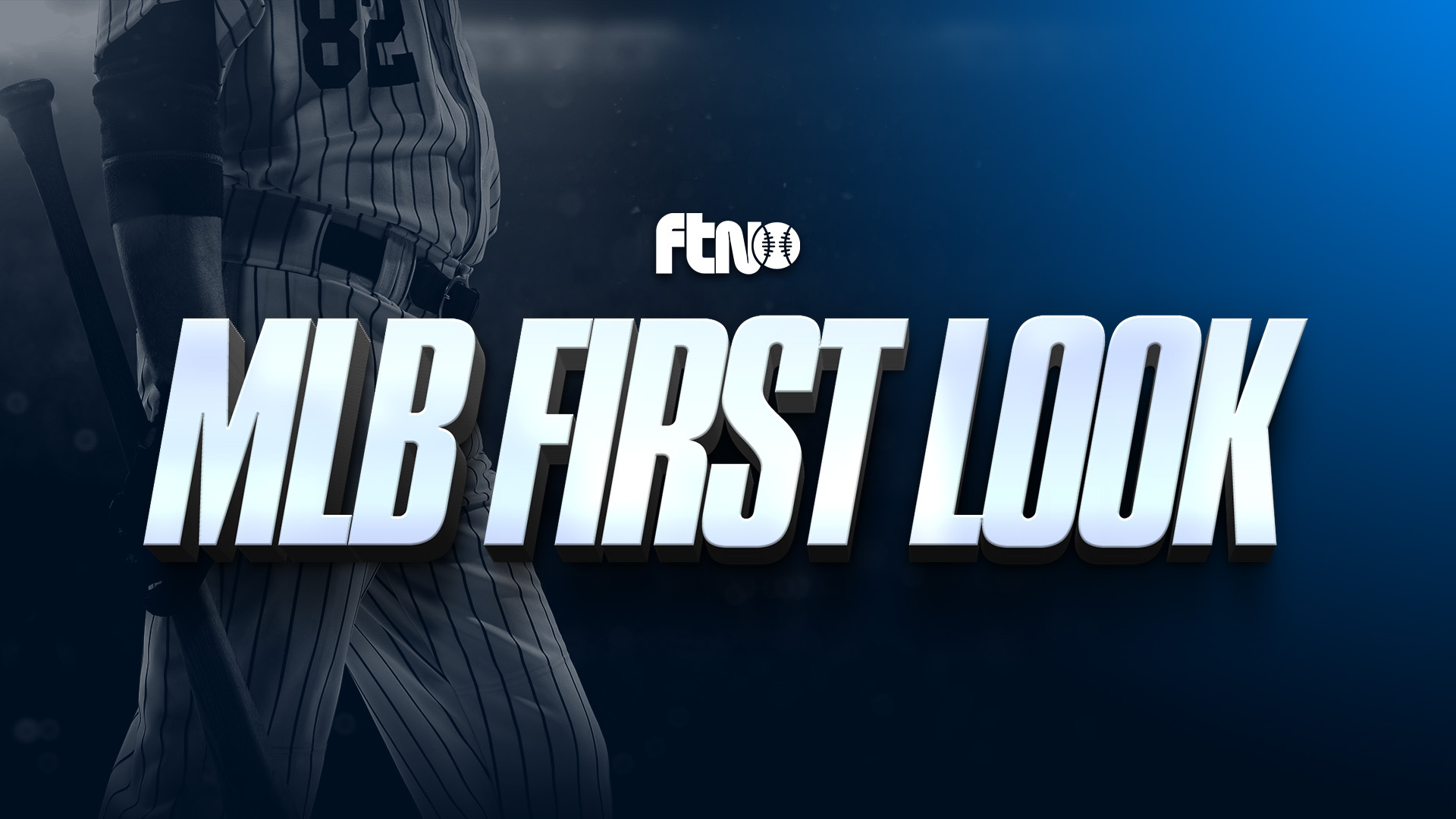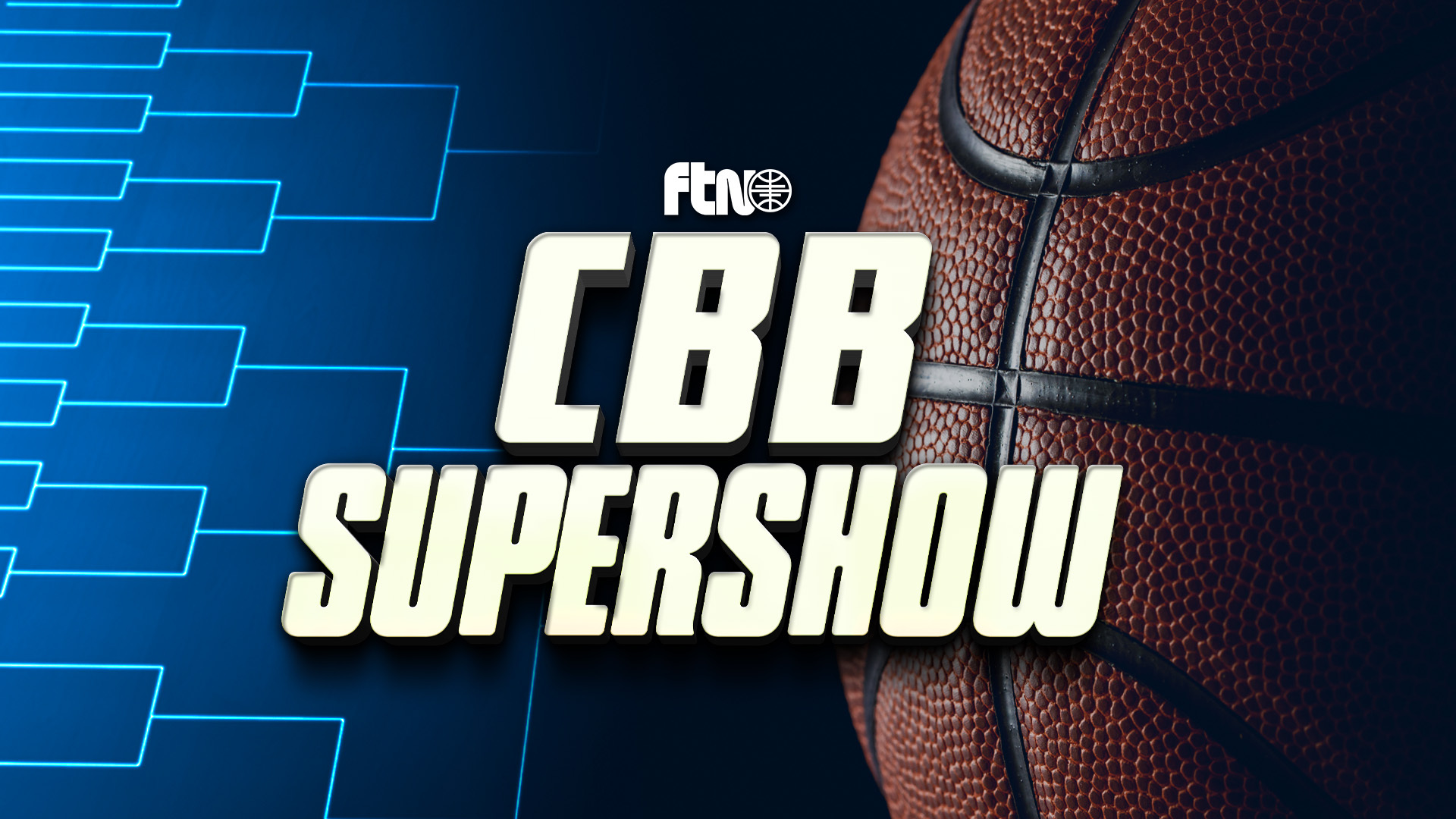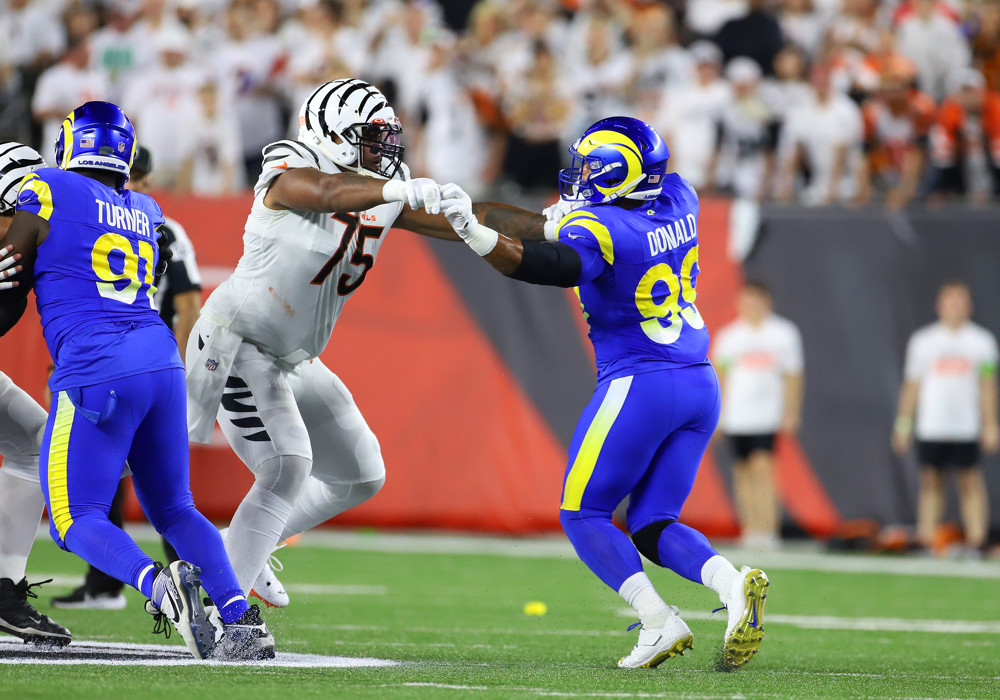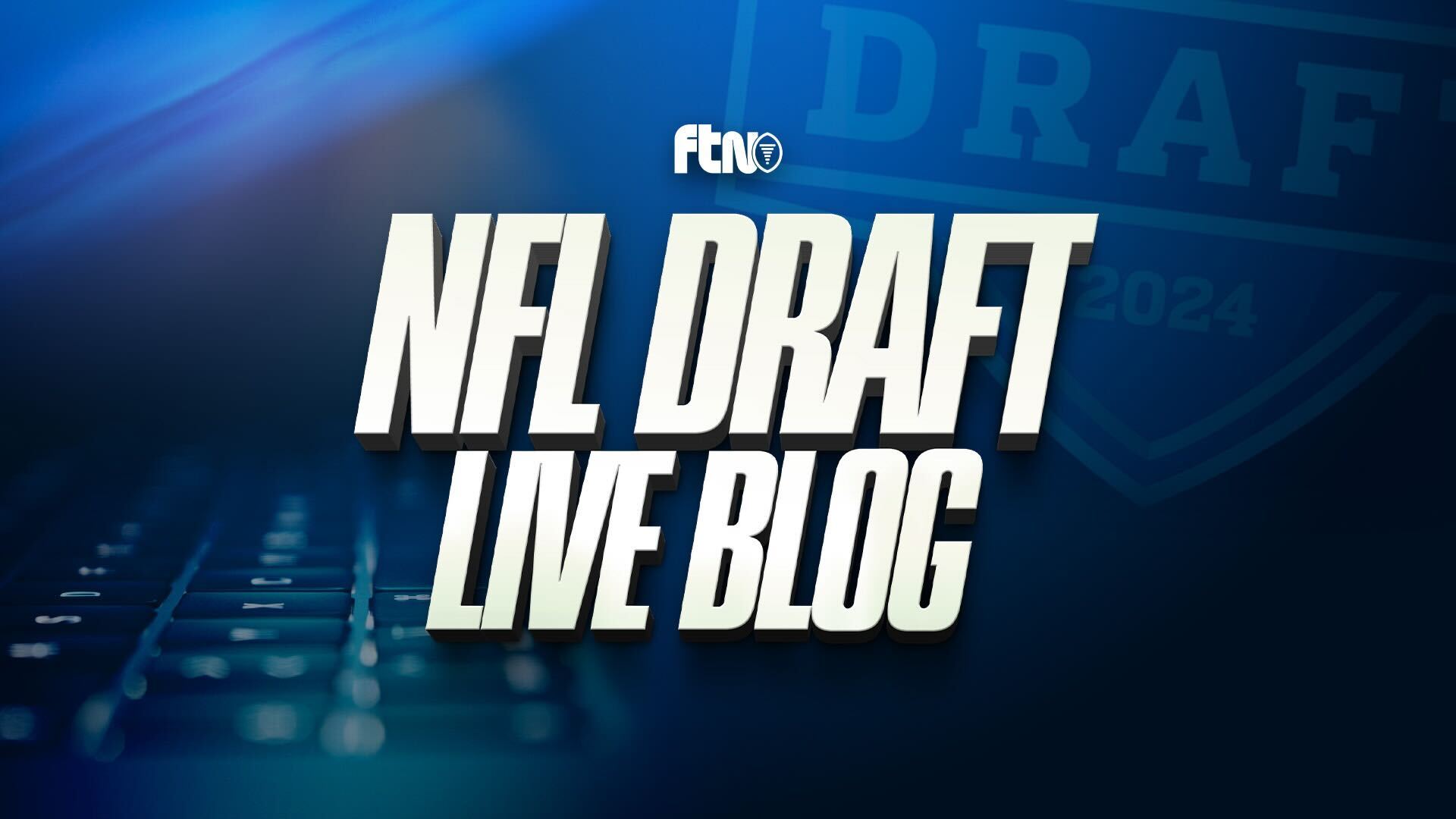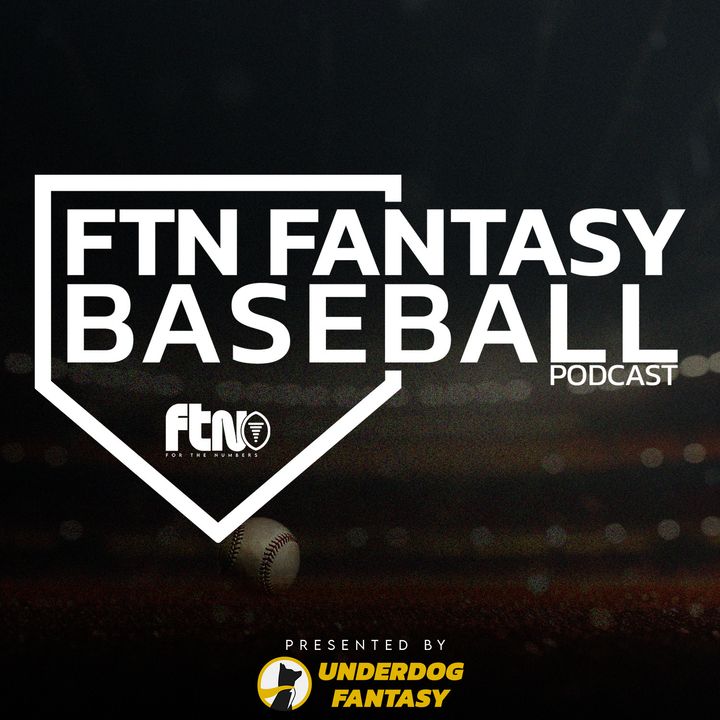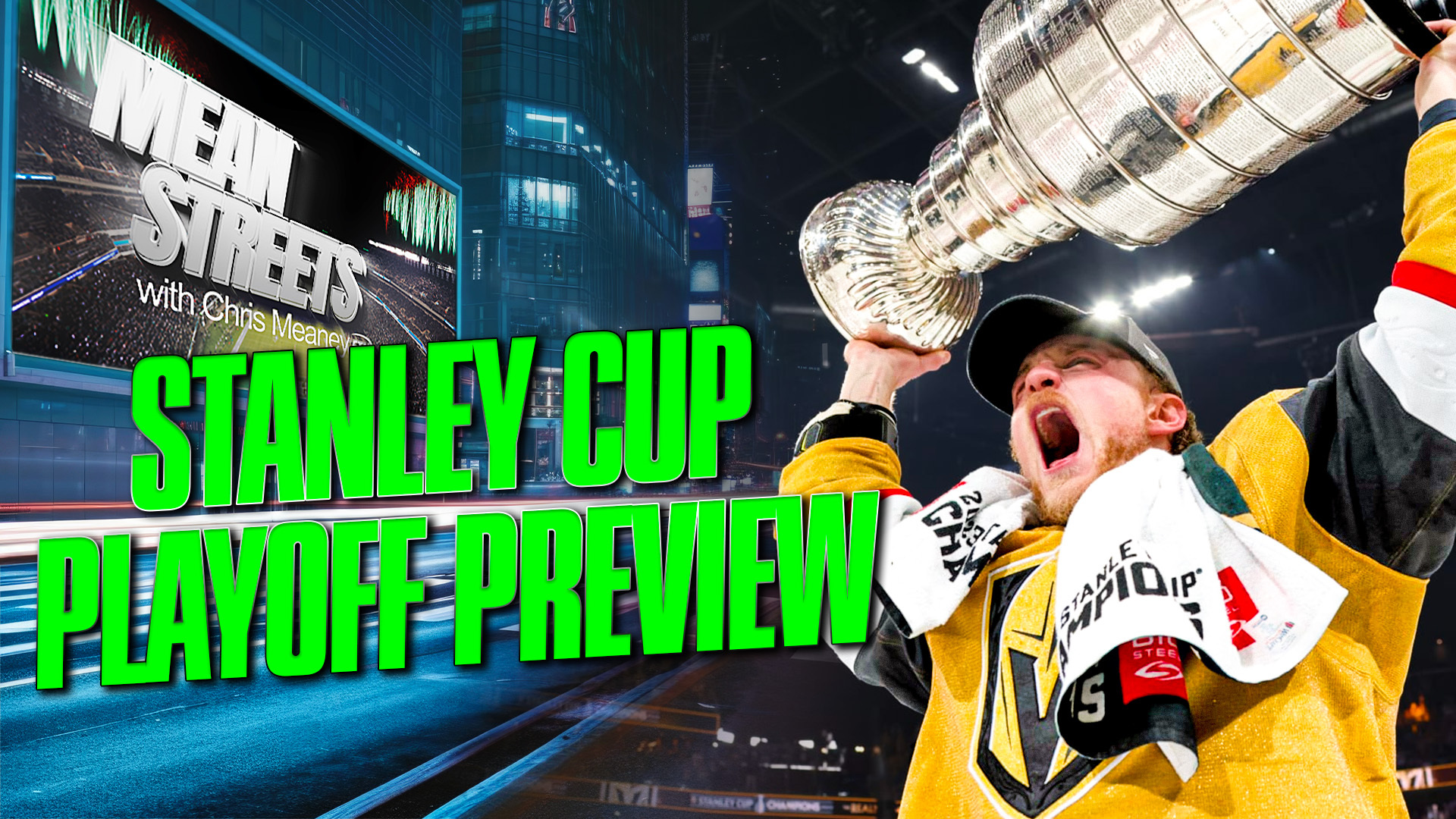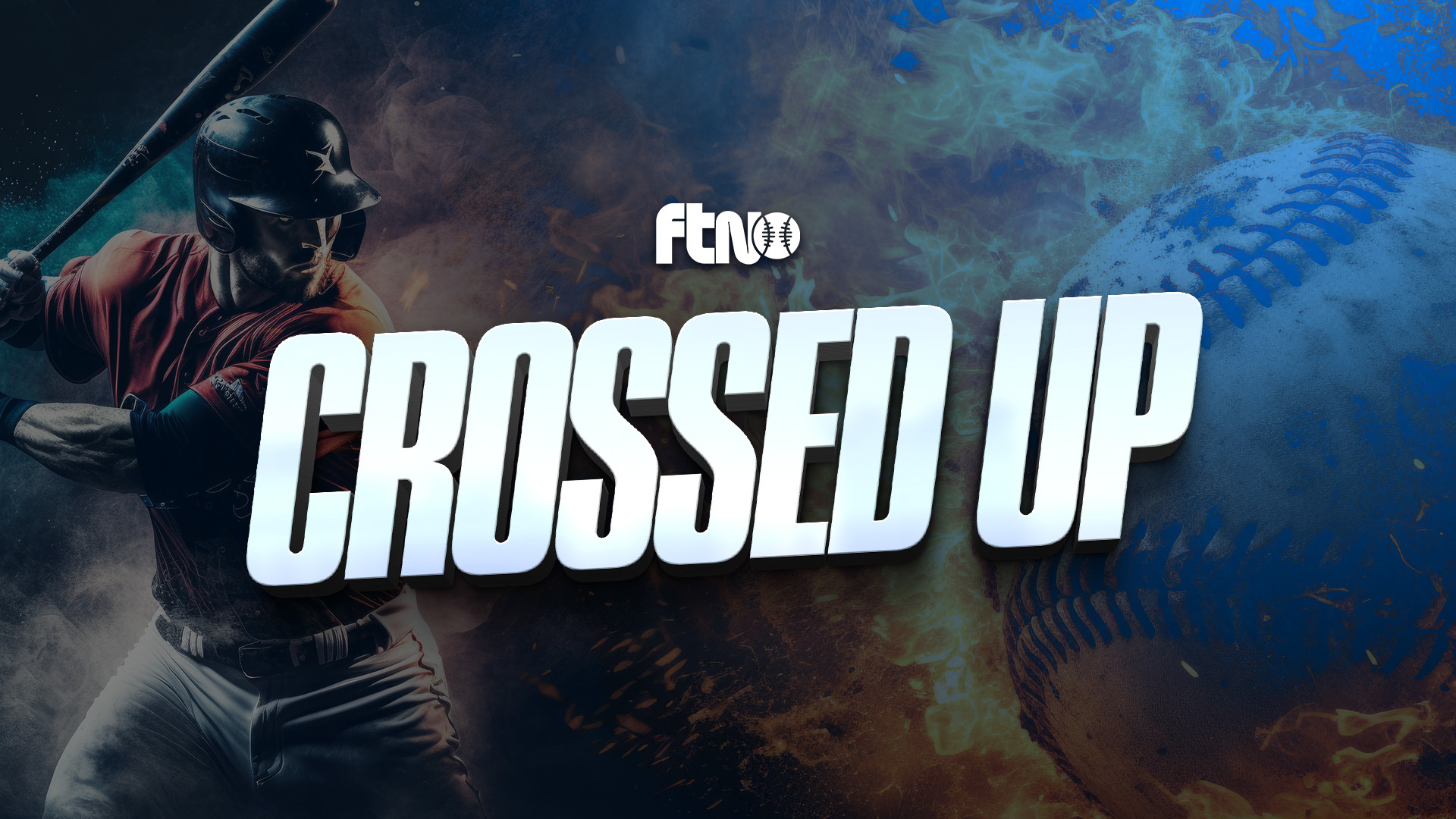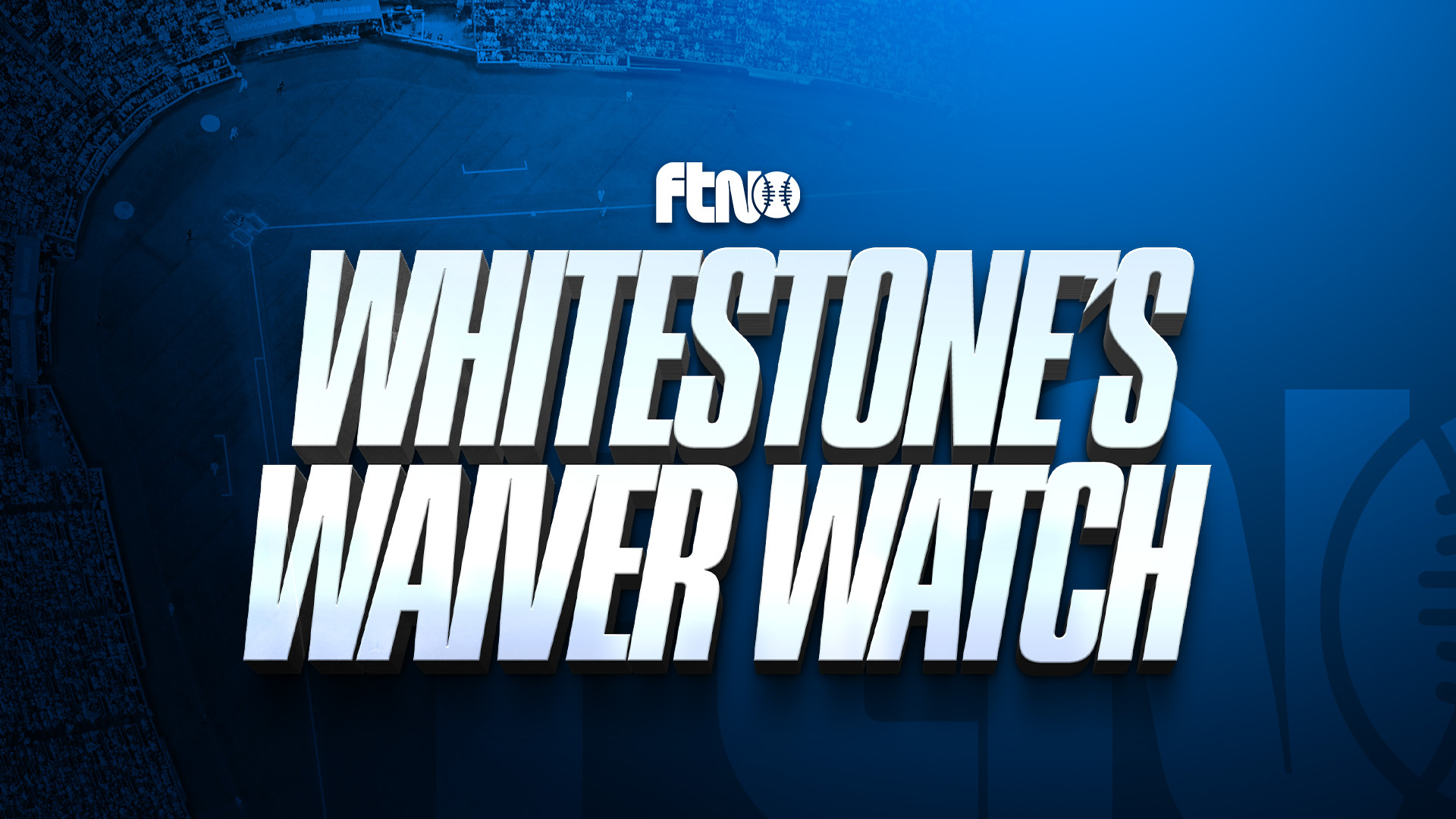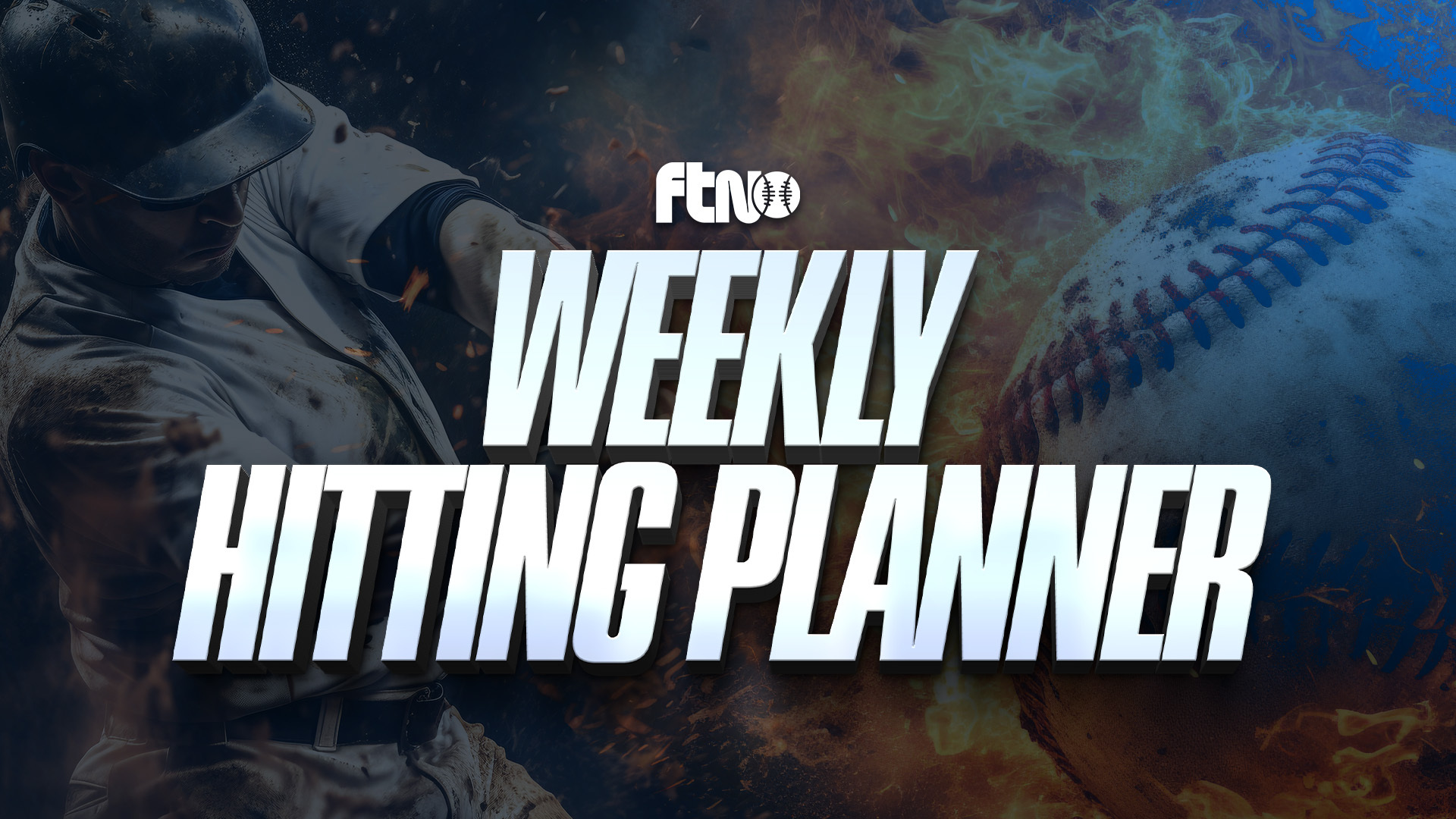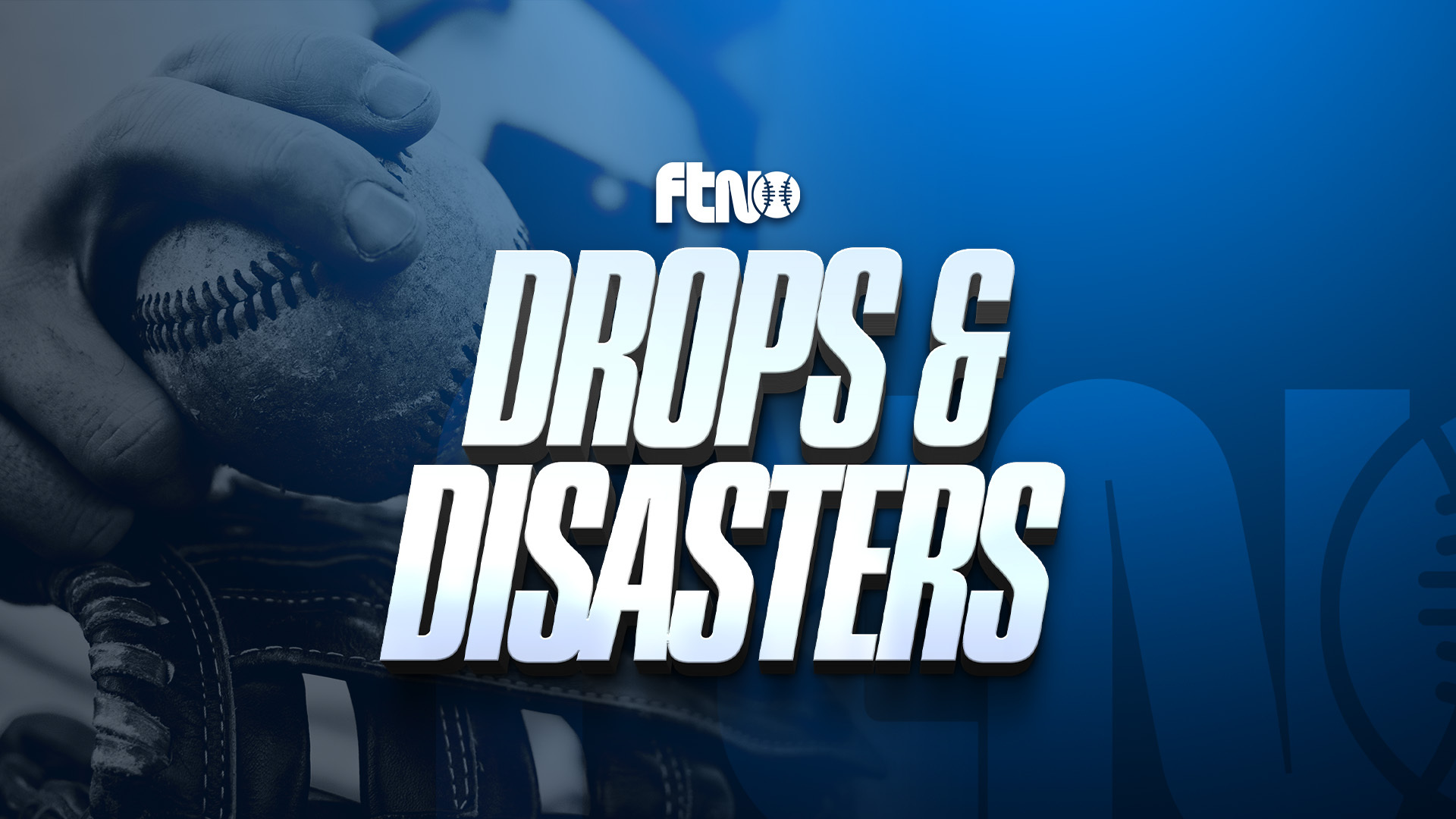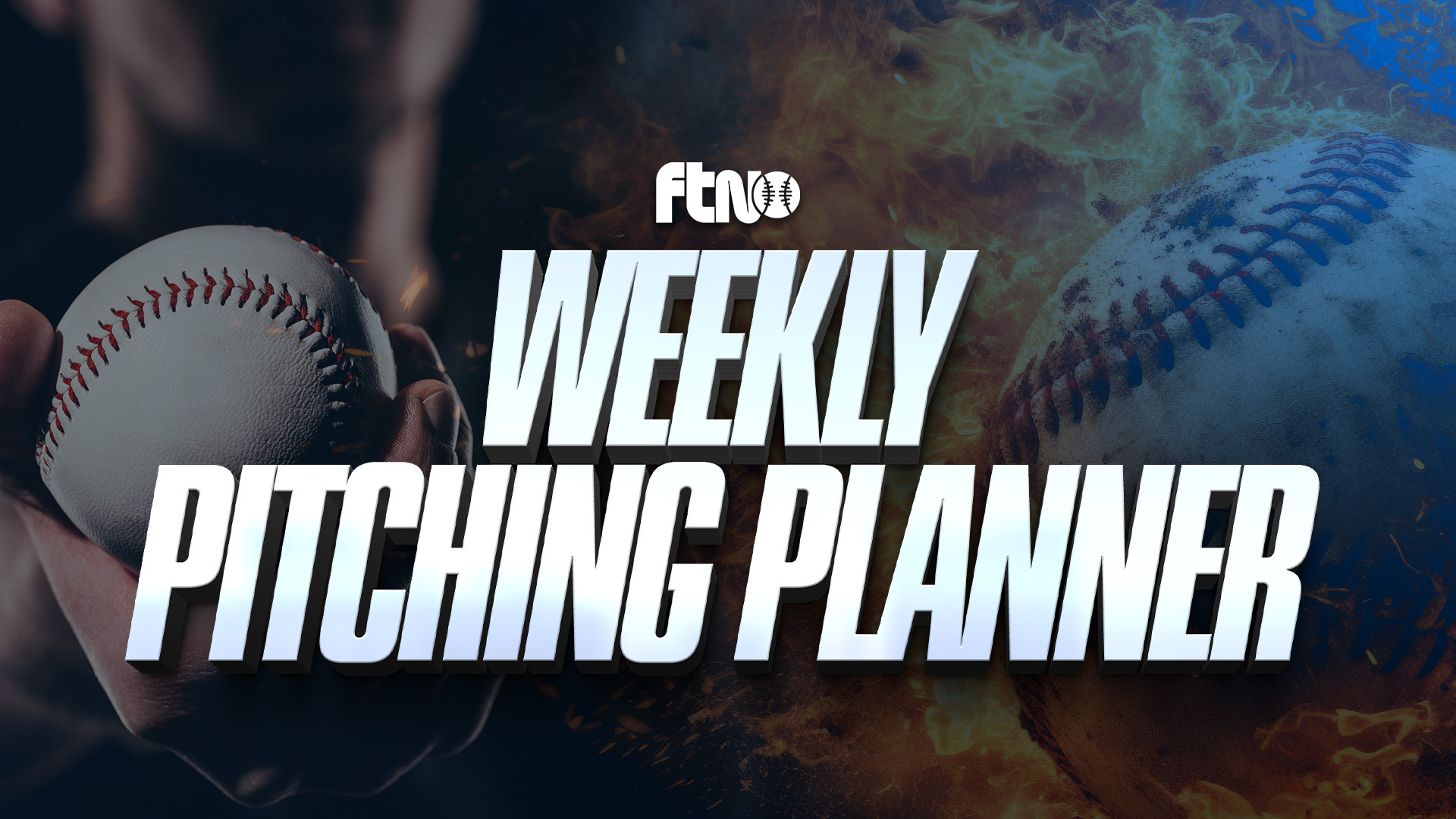
Welcome to the debut of my biweekly fantasy baseball column, “Small Ball: Fantasy Baseball Game Theory.”
Baseball is, and always has been a game of numbers. And when numbers are involved, things can get – well, intimidating.
Math isn’t for everyone. Everyone knows the answer to 2+2, but not every fantasy baseball player knows how to calculate slugging percentage. Not everyone knows how xFIP is generated and what it means for a pitcher. The good news is, you don’t have to know these things to succeed at fantasy baseball.
There are other ways to gain an advantage in the realm of fantasy sports. If advanced statistics and sabermetrics make you nauseous, this column is for you. That’s not to say you should ignore the advanced numbers. Being proficient with them can help make baseball more of a predictive game. And that has value.
Game Theory 101
Not everyone thinks the same way. Not everyone manages a fantasy baseball team the same way. Some people, like me, prefer to use game theory, psychology and other general strategies to gain an edge – including simply watching the games.
So what is game theory? PBS defines it this way:
“Game theory studies interactive decision-making, where the outcome for each participant or ‘player’ depends on the actions of all. If you are a player in such a game, when choosing your course of action or “strategy” you must take into account the choices of others.”
I don’t know about you, but that screams fantasy baseball to me – specifically, the NFBC. To win in the NFBC, you’re not just competing against your own 15-man league, you’re competing against thousands of other managers for the overall title. The only way to surge to the front of the pack is to zig while others zag. To find market inefficiencies where others are afraid to look. To make tough decisions that will have Twitter user @Mark2364532 criticizing you online.
Making smart decisions in fantasy baseball doesn’t always have to be based on data. Below, I’ll take you through my thought process on how to attack this week’s MLB slate and beyond. The ideas in this series will be fluid. My goal is to keep things fresh so you keep coming back for more. Some weeks we’ll discuss free-agent pickups. Some weeks we’ll discuss hot players we should ignore, or ice-cold players we should buy. And those are just a few possibilities. It won’t always be about the NFBC either. If you’re in a H2H points league (like me), I’ve got your back too!
Fantasy Baseball Week 1 Game Theory
Draft season is over. In fact, a full day of regular season games are now over.
There’s nothing concrete to take from one game out of an eventual 162-game sample. But we need to get off the starting blocks somewhere.
While sample sizes are at an all-time low, there are still places to look and patterns to glean. And no, aces aren’t going to get rocked all season long like they did on Thursday.
Analyzing Lineups
Spring training provided us a glimpse into a team’s lineup card. But what we saw isn’t always what we got once the games began to count. Player values can drastically change based on their position in the lineup.
This theory was outlined by our own Vlad Sedler, who had this gem on Twitter earlier this month.
Castro was atop the Rockies order that day, but he began in the No. 8 hole on Opening Day. You can cross him off the list for now.
However, the leadoff spot for the Colorado Rockies is a lucrative place to be for fantasy glory. In fact, any spot in the top half of the lineup at Coors Field is enough to catch your eye – even for a glorified slap hitter like Castro. But in the case of Castro, it was spring fool’s gold. Instead, it was Jurickson Profar whose value increased dramatically during draft season based on his presumed status atop the Rockies lineup.
Profar still isn’t with the team as of Thursday evening, so we can’t say for sure whether the top spot of the lineup is his. But it may very well be – once he gets his logistical issues sorted out.
With Opening Day in the books, let’s take a look at some other surprising lineup cards and players we should keep an eye on.
Rookies take a back seat to veterans: Anthony Volpe and Jordan Walker were two of the hottest rookies during the spring. Their helium levels were near-critical, and a meltdown was imminent. Yet, on Opening Day, Walker and Volpe were penciled into the No. 8 and No. 9 holes, respectively, on their squads. This doesn’t mean that’s where they’ll stay all season. Heck, they could find themselves in the meat of the order as soon as next week. But it’s something to watch – especially in leagues that allow trades. Wait a day or two and gauge how your Volpe/Walker managers are feeling if the rookies get off to inauspicious starts. Remember, guys like Julio Rodríguez and Bobby Witt Jr. started slow last year, specifically in points leagues.

Diamondbacks remain head-scratching: The Arizona Diamondbacks have been a bit of a preseason darling, with guys like Corbin Carroll and Jake McCarthy being drafted well above what you’d expect for two relatively unproven players (I’m guilty of this myself). I raised my eyebrows a bit yesterday when Carroll was in the No. 7 spot and McCarthy the No. 9 spot, while DH Kyle Lewis sat atop the order against left-hander Julio Urías. Carroll and McCarthy are both lefties, so perhaps that’s why they were buried at the bottom of the order Thursday. But again, it’s of note if it becomes a common occurrence against lefties. I fully expect them to establish residency near the top of the lineup more consistently as the season progresses.
Don’t forget the A’s: The Oakland Athletics will likely be one of the worst teams in baseball. But that doesn’t always matter in fantasy. Sometimes, bad teams are a lucrative spot for value in season-long leagues. Aledmys Díaz (No. 3) and Jesús Aguilar (No. 5) aren’t going to get oohs and aahs during FAAB season, but these guys should have long leashes hitting in the meat of the order and have proven track records.
Approaching FAAB
Stop. Before you read what I’m about to say, make sure you’ve already studied Vlad Sedler’s Trust the Gut primer (there’s that Vlad guy again). I’m not here to reiterate Vlad’s column. I’m not here to give out players I’m bidding on (like he also did here). But I do have some words of advice on the topic.
There are nearly 30 weeks of FAAB throughout the season. There’s a general consensus in fantasy football circles that Week 1 of FAAB is the most important week of the entire season (and for good reason … we can discuss in September).
That’s just not the case in fantasy baseball. I’d argue that the final 1-2 months of the season are equally, if not more important, than the first few FAAB weeks of the MLB season. It’s extremely unlikely that you will find a diamond in the rough in Week 1 who will contribute at a high level the rest of the way (unless you already nabbed David Robertson this past weekend). So budget your money accordingly. Don’t spend like crazy this weekend, unless another Edwin Díaz–David Robertson situation pops up (spoiler alert: it probably won’t).
Let’s take this a step further, for game theory’s sake, and pretend that it does happen. Let’s use the Mets’ recent example as a blueprint for how game theory can help you create leverage in a large-field NFBC contest.
While other managers rushed to spend big dollars on David Robertson as the presumed closer, there were other ways you could have played it. If you weren’t comfortable bidding hundreds of dollars this early in the season, spending less and taking a stab at Adam Ottavino or Brooks Raley was a solid backup plan. It would have been a low-risk move that could pay dividends if Robertson struggles, gets injured or the Mets go with more of a committee approach than expected.
In large-field contests like the NFBC, game theory can help vault yourself past more conventional managers. Robertson is universally rostered by the public now. If you still feel Robertson isn’t a sure thing, why not zig while 80-90% of others zag and hope Robertson flops? It’s something to think about this early in the season while things are still ramping up.
I’m not saying to ignore Robertson if he’s available. This is strictly an example of game-theory that you can deploy at a later date.
Late-night Thursday update: During my initial draft of this article, I wasn’t planning on Justin Verlander taking a surprise IL stint. Most people had already drafted Drew Peterson knowing he would step in for the injured José Quintana. Tylor Megill is next-man up and will start on Saturday.
However, if both Mets starters are available in your league, another way to apply game theory is the following:
Peterson beat out Megill for that fifth and final injury replacement slot during the spring. That means not only will most people bid more dollars on Peterson, they might also assume that Peterson is locked into the fifth spot even after Verlander returns.
You can conquer the field by putting more of your eggs (and money) in the Megill basket. What if Megill outperforms Peterson during their stints as fill-in starters? In that case, it might be Megill who remains in Quintana’s spot, while Peterson gets demoted to the bullpen. It’s a long season. You won’t get every leverage move like this right, but it only takes a few shrewd moves like this to make a big difference over the course of a 162-game season.
Looking Ahead
As mentioned before, only one MLB slate has been completed as of this writing. I’m not going to pretend I know how the rest of the season will play out after just one sample of games. Because of that, I understand this column hasn’t uncovered/touched on anything groundbreaking – yet.
This week’s edition will serve more as an introduction. We touched on studying lineup positions and budgeting your FAAB dollars early in the season. Boring, I know. Where’s the good stuff? I promise you, it’s coming.
This column will reappear heading into Week 3. By then, we should have more information available to us. We’ll have more patterns to examine. Player roles will be more defined. From there, we can dive deeper into game theory and what it takes to gain edges in your league.
Our team at FTN has all things covered, including much more data-driven content that you won’t necessarily find here. But if game theory is your forte, you’re in the right spot. Let’s get after it this season.


